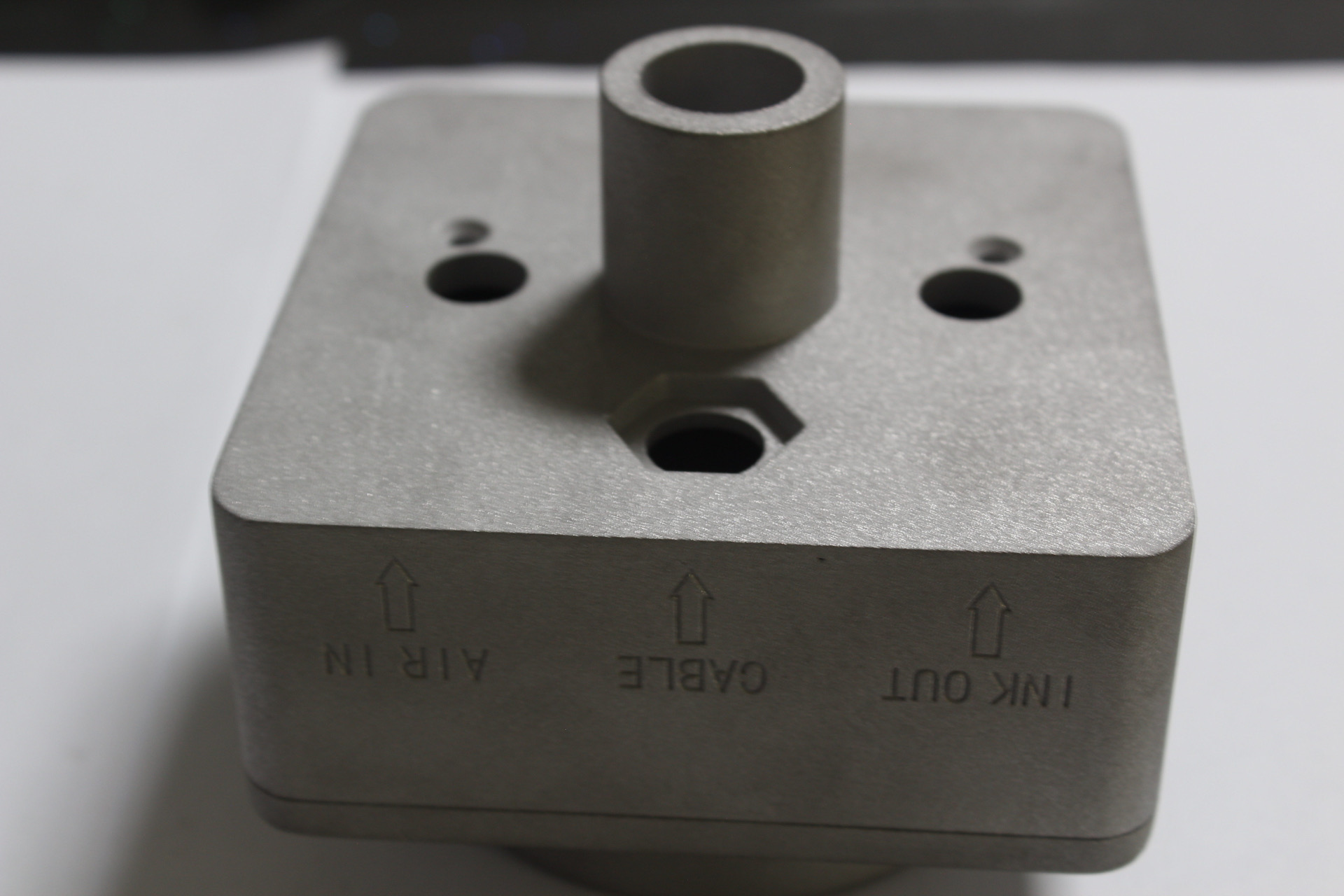
- English
- Español
- Português
- русский
- Français
- 日本語
- Deutsch
- tiếng Việt
- Italiano
- Nederlands
- ภาษาไทย
- Polski
- 한국어
- Svenska
- magyar
- Malay
- বাংলা ভাষার
- Dansk
- Suomi
- हिन्दी
- Pilipino
- Türkçe
- Gaeilge
- العربية
- Indonesia
- Norsk
- تمل
- český
- ελληνικά
- український
- Javanese
- فارسی
- தமிழ்
- తెలుగు
- नेपाली
- Burmese
- български
- ລາວ
- Latine
- Қазақша
- Euskal
- Azərbaycan
- Slovenský jazyk
- Македонски
- Lietuvos
- Eesti Keel
- Română
- Slovenski
- मराठी
- Srpski језик
What is the difference between casting and die casting?
2024-05-17
一. Different Development Histories
1. Casting: Casting is the earliest metal thermal processing technology mastered by humans, with a history of about 6,000 years. China has entered the heyday of bronze castings between about 1700 BC and 1000 BC, and its craftsmanship has reached a very high level.
2. Die Casting: In 1838, in order to manufacture molds for movable type printing, people invented die-casting equipment. The first patent related to die casting was issued in 1849. It was a small manual machine used to produce printing press type.

二. Different Definitions
1. Casting : A metal thermal processing process. It is a method of pouring liquid metal into a casting cavity that matches the shape of the part, and after cooling and solidifying, the part or blank is obtained;
2. Die casting : A metal casting process. It is a precision casting method that uses high pressure to force molten metal into a complex-shaped metal mold.

三. Different Characteristics
1. Casting: It can produce parts with complex shapes, especially blanks with complex inner cavities; it has wide adaptability, and all metal materials commonly used in industry can be cast, ranging from a few grams to hundreds of tons; raw materials have wide sources and low prices, such as scrap steel, scrap parts, chips, etc.
2. Die Casting: Castings have excellent dimensional accuracy and can directly cast internal structures, such as wire sleeves, heating elements, and high-strength bearing surfaces. Some other advantages include its ability to reduce or avoid secondary machining, fast production speeds, casting tensile strengths up to 415 MPa, and the ability to cast highly fluid metals.

四. Different Scopes
1. Casting :Mainly includes sand casting and special casting. Sand casting includes green sand mold, dry sand mold and chemical hardening sand mold. Special casting includes investment casting, metal mold casting, pressure casting, low pressure casting, centrifugal casting, etc.;
2. Die casting: Only a type of pressure casting.

The Types Of Casting Are As Follows:
1. Sand Mold Casting Method
Sand is used as a casting mold material. According to different compositions of sand, it can be subdivided into green sand mold casting, surface dry sand mold casting, etc. However, not all sand can be used for casting. The advantage is that the cost is lower because the sand used in the mold can be reused; the disadvantage is that the production of the mold is time-consuming and the mold itself cannot be reused and must be destroyed before the finished product can be obtained.
2. Metal Mold Casting Method
A metal with a higher melting point than the raw material is used to make the casting mold. It is subdivided into gravity casting, low pressure casting and high pressure casting. The metals that can be cast are also limited by the melting point of the mold.
3. Lost Wax Method
This method can be outer film casting method and solid casting method. This method has good accuracy and can be used for casting of high melting point metals (such as titanium). However, since ceramics are quite expensive, and the production requires multiple heatings and is complicated, the cost is quite expensive.
So, what is the difference between pressure casting and ordinary gravity casting? Please refer to the table below:
|
gravity casting |
low pressure casting |
pressure casting |
|
|
Applicable metal range: |
not limited |
Mainly non-ferrous metals |
Mostly used for non-ferrous metals |
|
Maximum weight of castings |
no limit |
Up to hundreds of kilograms |
Small and medium castings |
|
Minimum wall thickness of castings (mm): |
3 |
2-5 |
0.5-14 |
|
Casting Dimensional Tolerance |
100±1 |
100±0.4 |
100±0.3 |
|
Casting surface finish |
Low |
middle |
high |
|
Casting internal quality |
Low |
middle |
high |
|
Productivity |
Low |
middle |
high |
|
Application scope |
Various castings |
Engine electrical parts impeller, casing, box |
Auto parts, computers, electrical ,appliances and watches |



